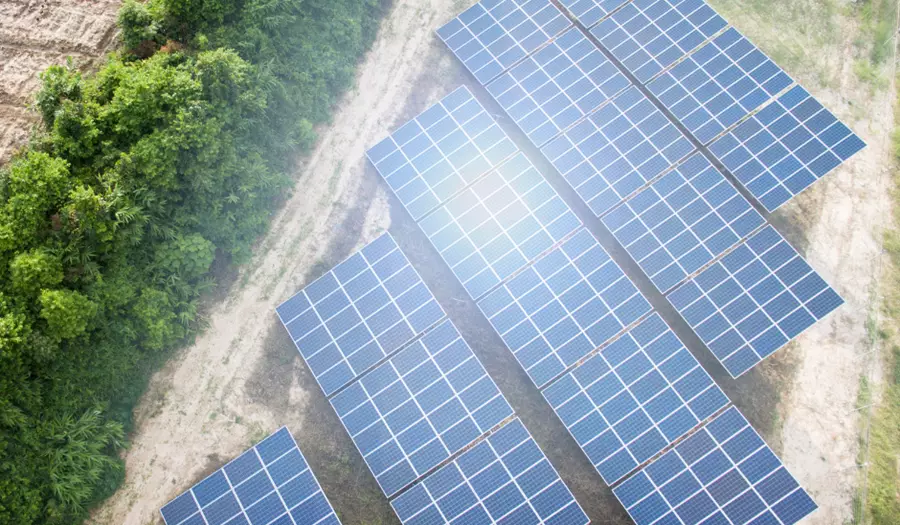Gimme Some Light
A common misconception about solar energy is that heat is required to generate electricity. Therefore, on cold or rainy days, there will not be as much electricity generated. In fact, it is light from sunshine, not heat, that produces electricity. Too much heat can actually hinder the electricity—making process. High temperatures can reduce the efficiency of electricity production, so although solar technology will absorb both light and heat, it is the light that it wants.
Solar Energy at its Core
Before we jump into the science of solar technology, let’s first look at the fireball in the sky. Solar energy is created by the constant nuclear fusion reactions occurring deep within the sun. This process emits a massive amount of energy that is carried to the earth by photons in the form of solar radiation, also known as electromagnetic radiation. Solar radiation includes visible light, ultraviolet light, infrared, radio waves, X-rays, and gamma rays. Solar technologies, such as solar panels, then capture this radiation (or light) and turn it into useful forms of energy.
The Role of PV Cells
While there are several variations of solar technology, people are most familiar with photovoltaics (PV) cells, which are used in solar panels. These cells are made of two layers of a semiconductor material, usually silicon, which allows it to generate an electric current when exposed to light. The process is called the photovoltaic effect. Here’s how it works:
- When the sun shines onto a solar panel, energy from the sunlight is absorbed by the PV cells in the panel.
- The photons from the solar radiation knock electrons loose in the semiconductor material and set them free from the atoms.
- The freed electrons migrate to the surface of the PV cell, creating an electrical current.
In other words, the photovoltaic effect is simply the process of converting sunlight into electricity.
The Home Stretch
Generating an electric current is the first part of the process. Here’s how we get it into your home:
- PV cells absorb the sun’s energy and generate direct current (DC) electricity.
- Solar inverters from a solar module convert DC electricity to alternating current (AC), which is the type of electricity used by most homes.
- AC electricity produced by large PV solar systems, such as a community solar farm, is then fed into the electric grid and delivered to your home by the local utility. (For rooftop PV systems, the electricity flows directly into your home through your electrical panel.)
Solar energy is becoming increasingly popular as a clean, renewable source of energy and its use is growing rapidly around the world. Today, solar energy is being used in a variety of ways, from powering homes and businesses, charging electric vehicles, heating water, and even operating satellites in space. As technology advances and the cost of solar energy continues to decline, it is likely that solar energy will continue to play an important role in our energy future.


.png)

.png)